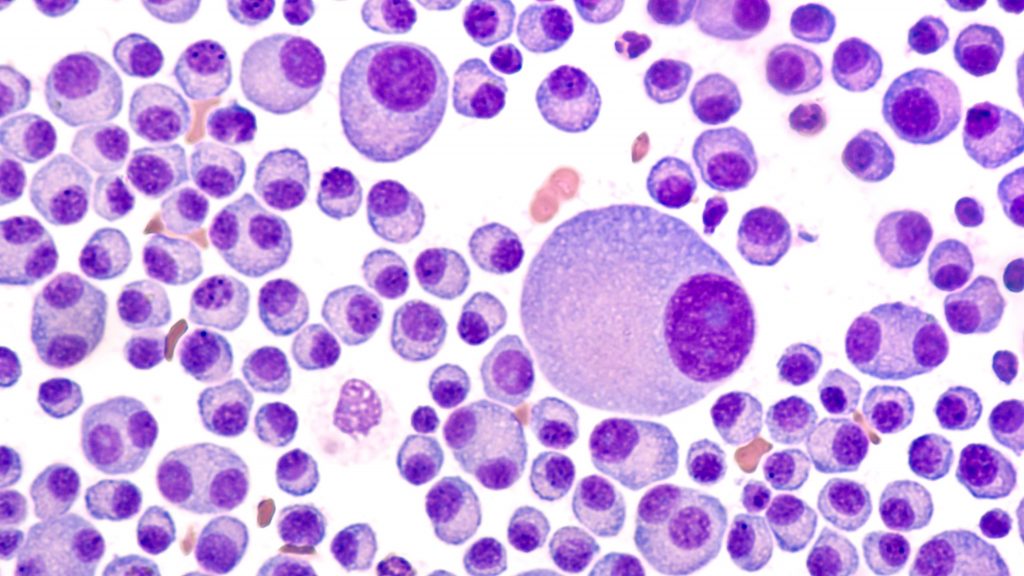Advances in treating multiple myeloma help extend quality of life for patients

Advances in treating multiple myeloma help extend quality of life for patients
March 14, 2022
Multiple myeloma is a cancer that forms in a type of white blood cell called a plasma cell.
Healthy plasma cells help the body fight infections by making antibodies that recognize and attack germs. In multiple myeloma, cancerous plasma cells accumulate in the bone marrow and crowd out healthy blood cells. Rather than produce helpful antibodies, the cancer cells produce abnormal proteins that can cause complications.
Immunotherapy, which uses the body's immune system to fight cancer, is now a standard treatment option for multiple myeloma. Immunotherapy works by interfering with cancer cells' ability to produce proteins that help them hide from the immune system.
"Immunotherapy is really one of the major backbone of now our current treatment for multiple myeloma," explains Dr. Yi Lin, a hematologist at Mayo Clinic. "We have some new agents that really help extend the amount of time that patients are able to live with multiple myeloma."
While there is no cure, treatment options for multiple myeloma are advancing quickly and new immunotherapies, including chimeric antigen receptor (CAR)-T cell therapy, are improving outcomes for patients.
"We always want to strive towards the treatment that we think can offer the longest period of remission," says Dr. Lin. "But balancing that with side effects because we want to keep patients not only living as long as they can with multiple myeloma, but hopefully also with good quality of life."
March is Myeloma Awareness Month. On this Mayo Clinic Q&A podcast, Dr. Lin discusses the use of immunotherapies and other novel approaches to treating multiple myeloma.




